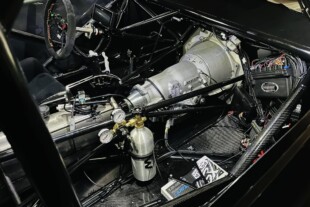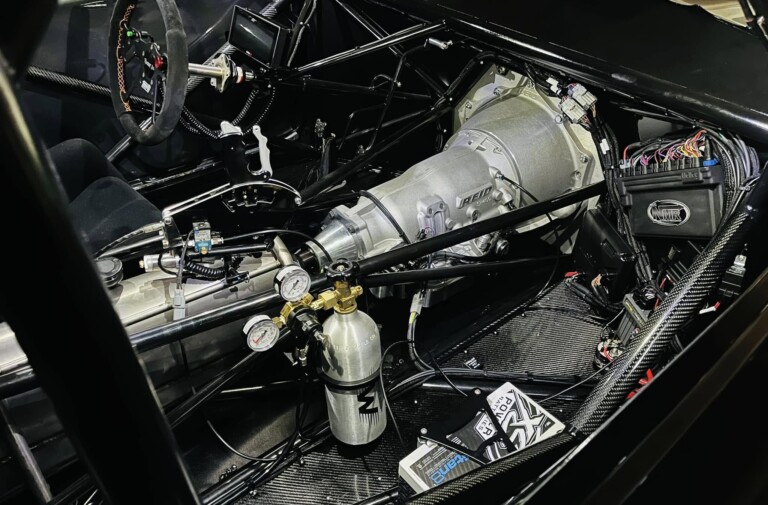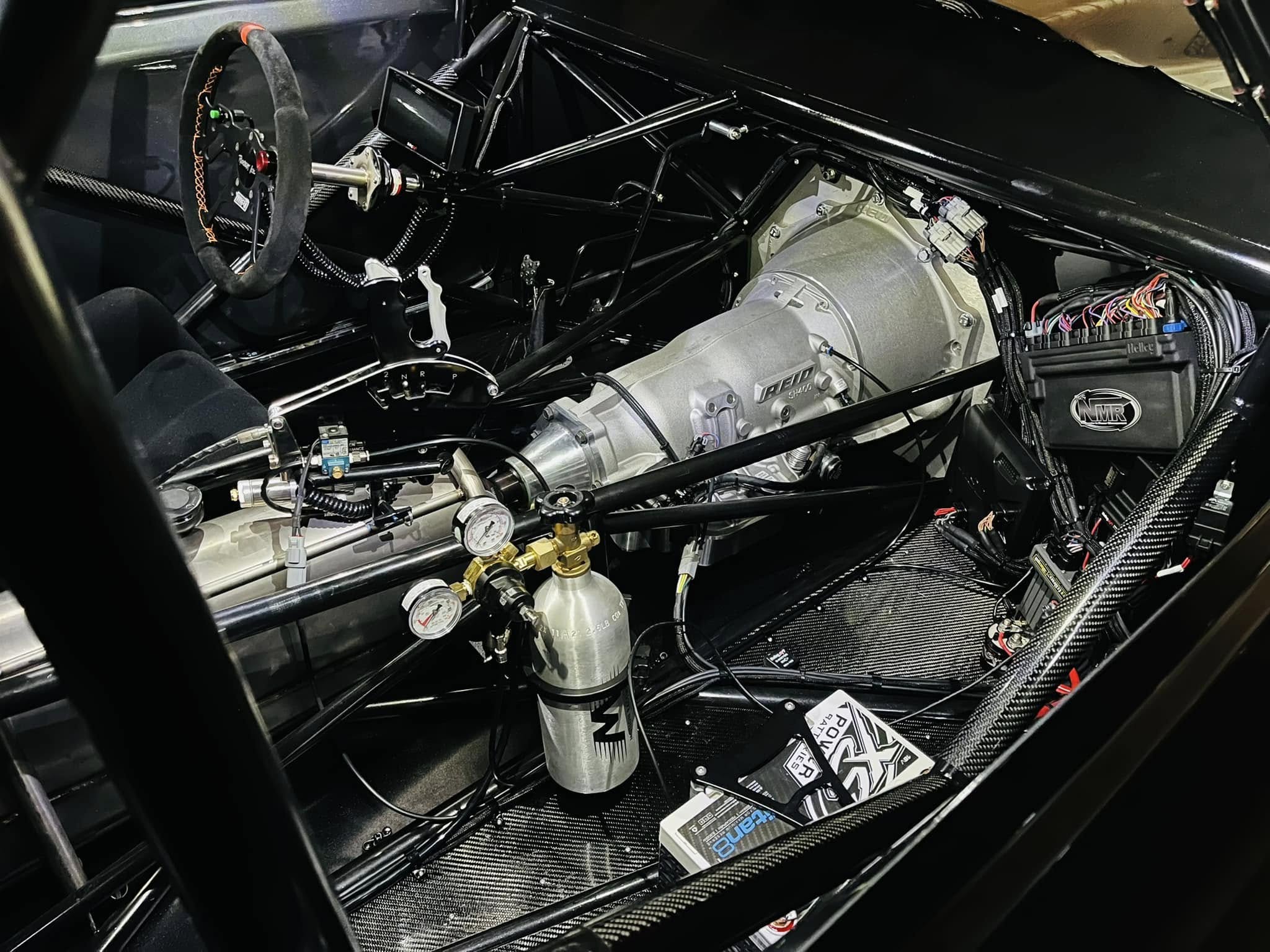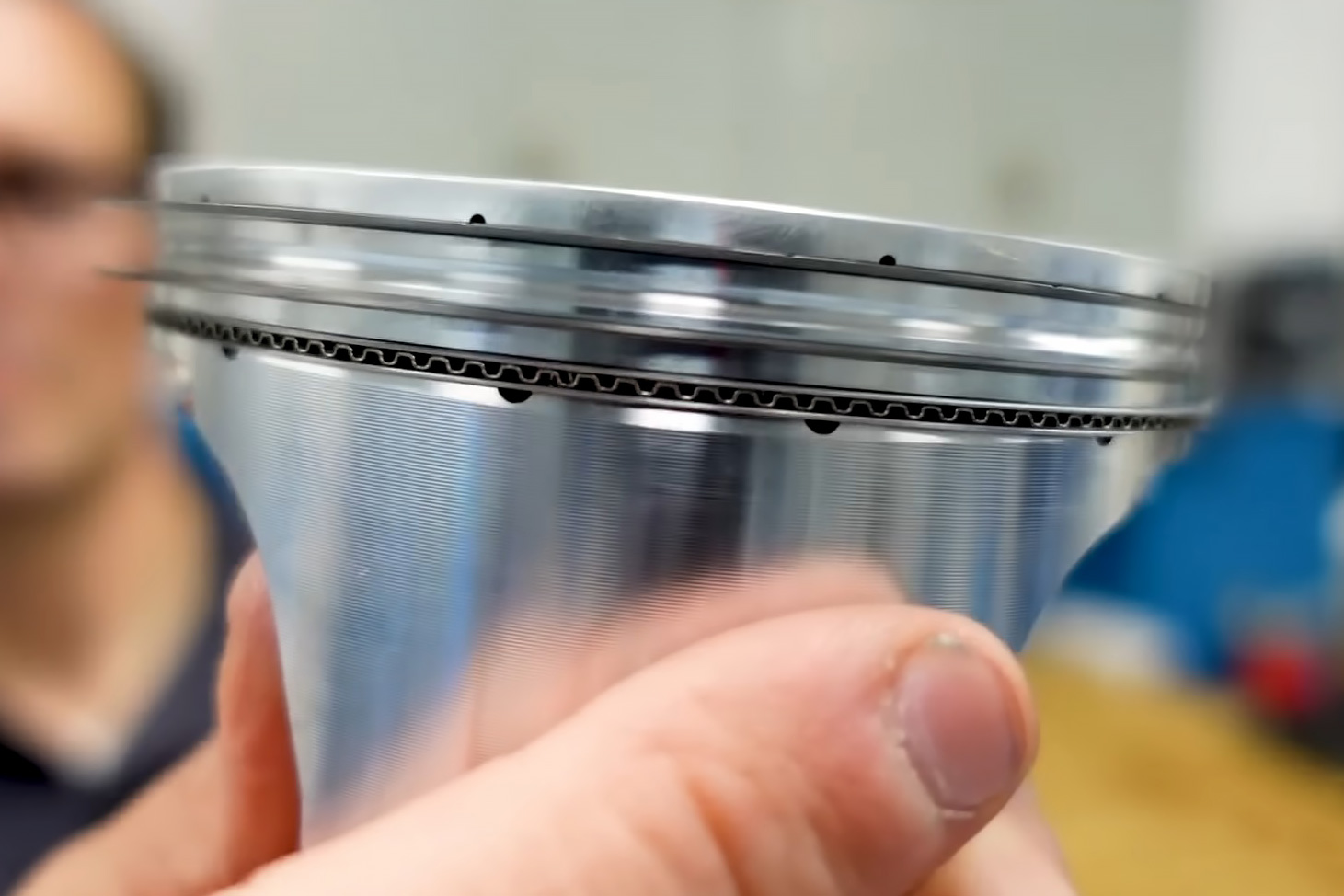 Engine theory is not specific to the automotive realm; the same concepts that give automotive engines their power and performance can be used in other types of vehicles, as we see in these two videos from legendary Italian motorcycle manufacturer Ducati.
Engine theory is not specific to the automotive realm; the same concepts that give automotive engines their power and performance can be used in other types of vehicles, as we see in these two videos from legendary Italian motorcycle manufacturer Ducati.
The company’s newest offering, the Testastretta DVT (Desmodromic Variable Timing) engine, is a two-cylinder piece that builds upon those same theories to become the company’s first motorcycle engine that offers variable timing for both the intake and exhaust camshafts. It acts independently, offering improved performance throughout the RPM range, along with increased power, smoother power delivery, high torque production, and reduced fuel consumption – the same attributes that variable valve timing offers to automotive engines.
The 1,198cc engine pumps out 160 horsepower at 9,500 rpm and a maximum of 100.3 lb-ft of torque, which is plenty on a motorcycle that will likely come in around 500 pounds wet (plus rider).
“Desmodromic” is derived from Greek and means something along the lines of “link travel”. That refers to the VVT mechanism, which is designed to provide greater overlap during high RPM operation and low overlap to provide smooth performance during low RPM operation. As we see in the video, narrated in Italian (with subtitles) by Ducati’s head of Product Marketing, Giulio Malagoli, Ducati developed a system to permit this variable overlap by using a computer-controlled system to compare the camshaft position with that of the crankshaft to determine ideal camshaft timing, just like an automotive application (a la Ford 5.0L Coyote).
A unique look into a new product developed to solve a specific need, adapted from the automotive realm. Check out the videos for more.

















